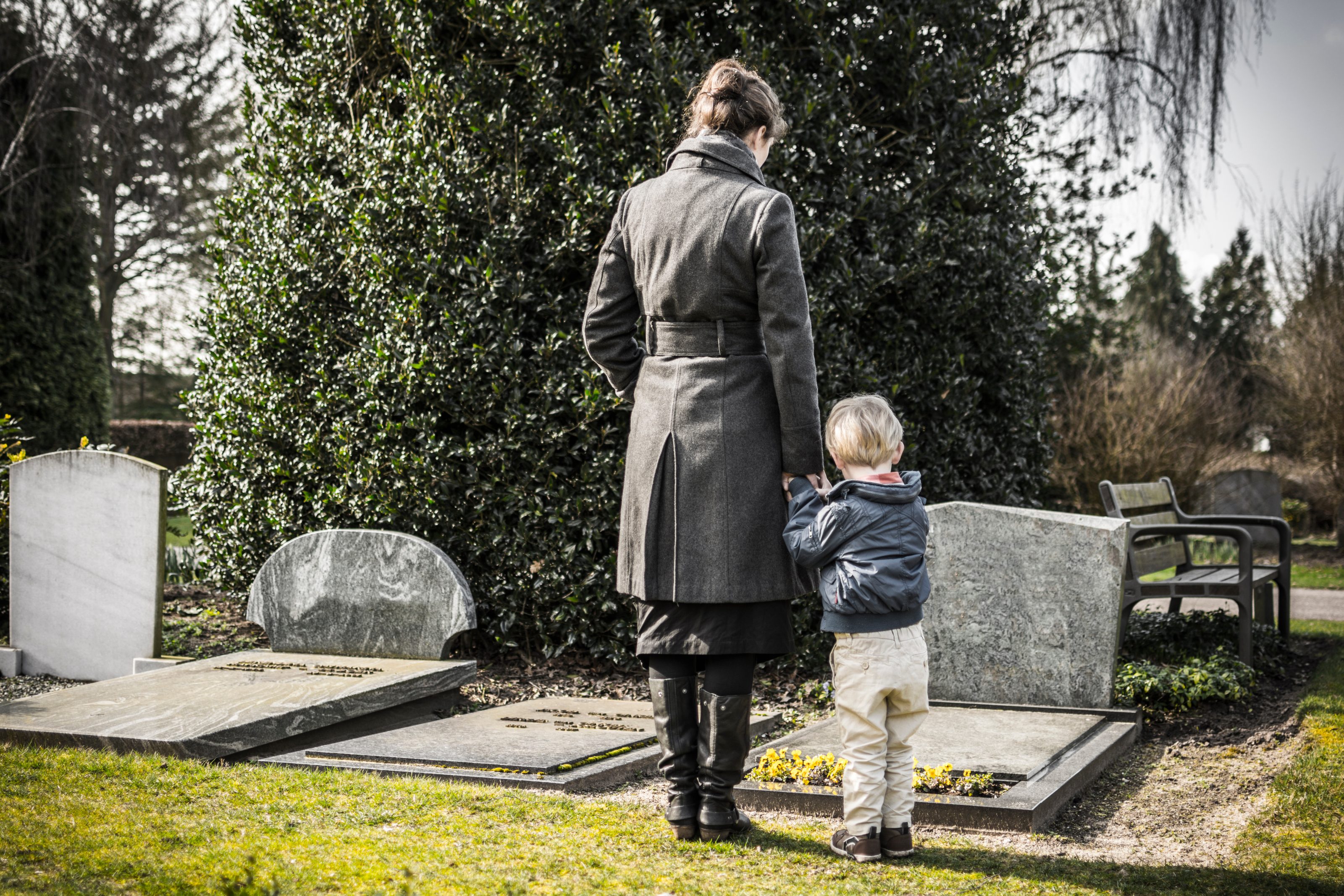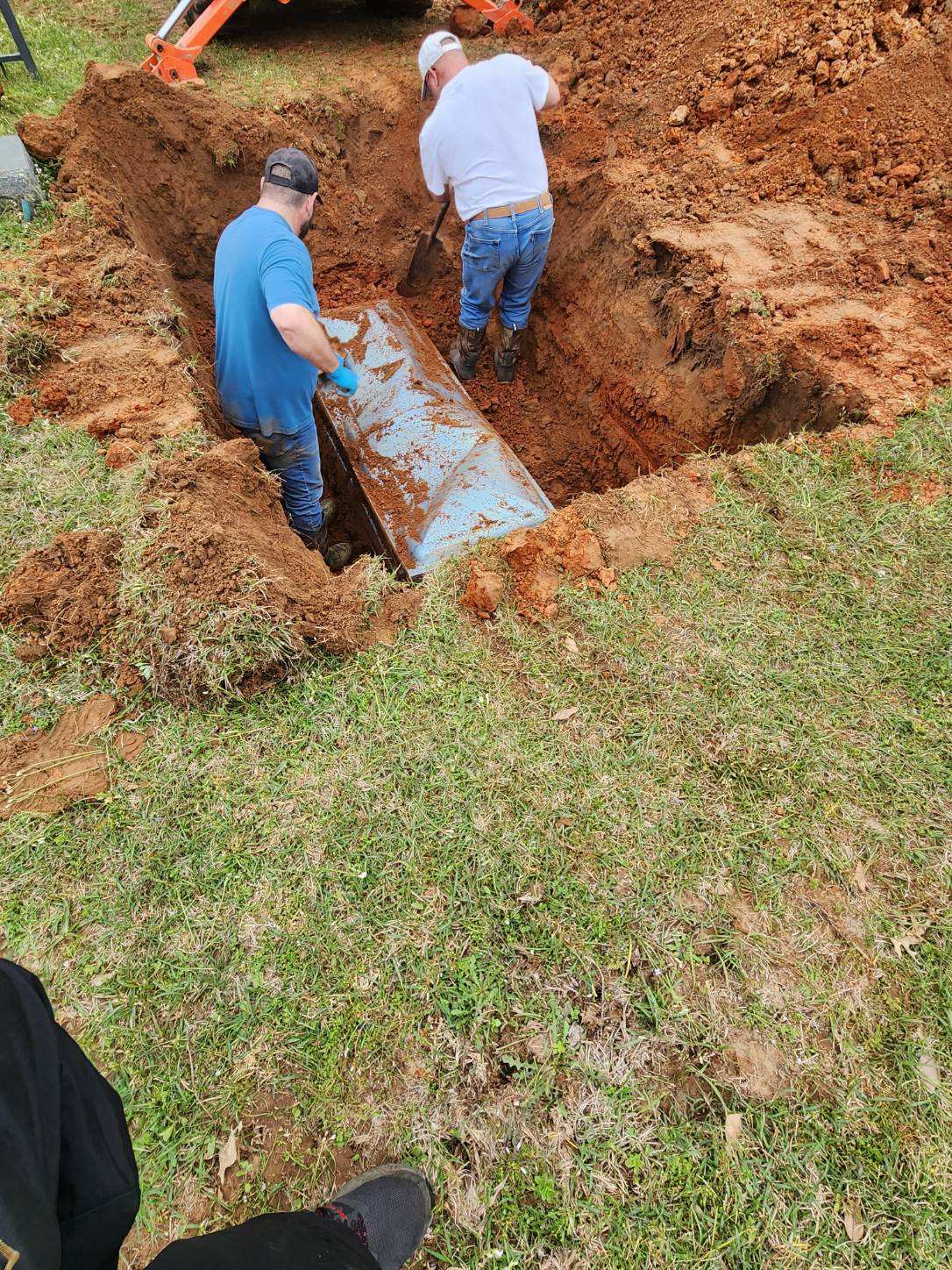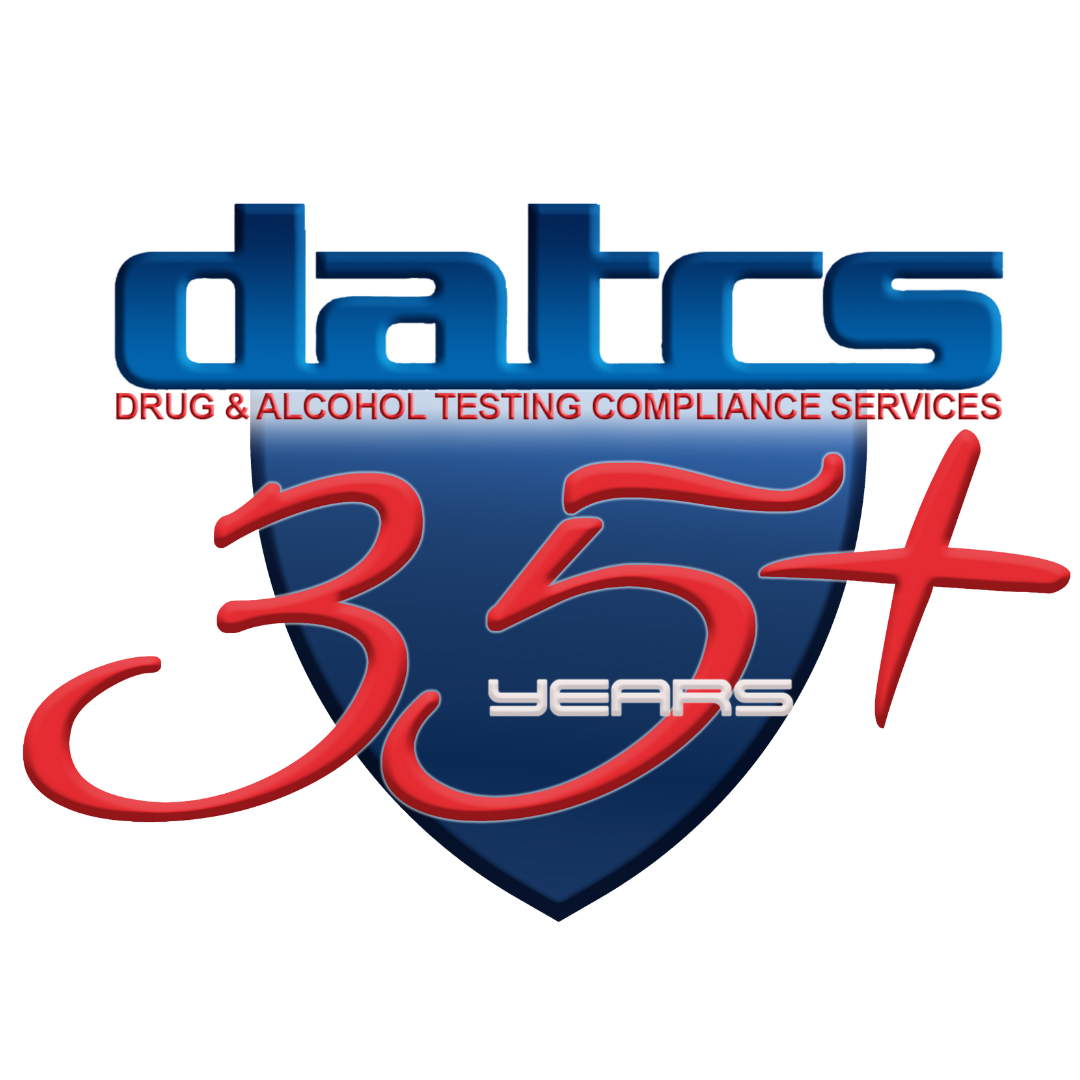Getting Answers: A Comprehensive Guide to Postmortem DNA Testing
Losing a loved one is an incredibly difficult experience. Amid the grief, you may also face unexpected legal or personal questions that can only be answered with a DNA test.
While the idea of collecting a DNA sample from a deceased individual might seem complicated, postmortem DNA testing is a common, reliable, and professional process. It can provide clear answers and peace of mind, whether the person passed away recently or many years ago.
This guide explains why you might need this test, who can give consent, and how the collection process works.

Why You Might Need a DNA Test After Someone Has Passed
Families request postmortem DNA testing for several important and often urgent reasons. In almost all cases, it’s about getting definitive answers for legal, financial, or medical peace of mind.
- Legal Paternity & Inheritance: This is the most common reason. A postmortem paternity test is used to legally establish or disprove a biological relationship. This is often a critical step in inheritance disputes, wills, and probate court to determine the rightful heirs of an estate.
- Social Security & Other Benefits: To claim Social Security survivor benefits or other government benefits (like veterans’ benefits) for a child, you must provide legal proof of their relationship to the deceased parent. A DNA test provides this definitive proof.
- Medical & Health Answers: In cases of a sudden, unexplained death (like SIDS or sudden cardiac death), genetic testing can sometimes identify an inherited condition, such as a genetic heart issue. This information can be vital for living family members, who can then be tested for the same at-risk condition.
- Personal Closure: Sometimes, families simply need to confirm a biological relationship to find closure and resolve long-standing personal questions about their family history.
The Legal & Consent Process (Who Gives Permission?)
Because this is a sensitive legal matter, collecting a sample is governed by strict rules. These steps ensure the process is legal, ethical, and valid for the court.
1. Consent from the Next of Kin
The first step is to get written consent from the legal next of kin. This is based on a legal order of priority, which usually is:
- Spouse
- Adult Child
- Parent
- Sibling
The person with the highest priority must be willing to give consent for the DNA collection.
2. Legal Orders
For any test used in a legal proceeding (like inheritance or benefits), you will also need a court order or a formal request from an attorney. This document gives the funeral home, coroner, or medical examiner official permission to allow the sample collection.
This step is absolutely mandatory if the individual has already been buried and an exhumation (the disinterment of the body) is required. A court must approve this sensitive procedure.
How is DNA Collected? (The Process)
A trained, professional DNA collector handles this process with dignity and respect. In all cases, the collector follows a strict chain of custody. This is a legal procedure where every sample is sealed and documented to ensure it is never tampered with, which is required for the results to be admissible in court.
Scenario 1: For a Recently Deceased Individual
This is the most straightforward scenario, typically done while the body is in the care of a funeral home or morgue.
- Formal Identification: The collector must first legally identify the deceased. The Funeral Director or Coroner signs an Affidavit of Identity, and the collector will take photos of the ID bracelet or toe tag for the case file.
- Sample Collection: The collector, using sterilized tools, will gather the best sample possible. While a blood or tissue sample from an autopsy is a “gold standard,” excellent and less invasive samples are more common:
- Fingernail Clippings: The collector will clip 4-5 fingernails and place them in a secure, labeled sample envelope.
- Hair: The collector will pull (not cut) 15-20 hairs to ensure the root (or follicle) is attached, as this contains the DNA. These are placed in a separate, sealed envelope.
- Chain of Custody: All samples are sealed in tamper-proof envelopes and documented on a Chain of Custody (COC) form. This legal record is sent to the lab with the samples.
Scenario 2: For an Individual Deceased for Some Time (Exhumation)
This process is more complex, but it is still a reliable option.
- Court-Ordered Exhumation: As noted, you must first get a court order to authorize the exhumation.
- Professional Collection: The exhumation is performed, and a pathologist, medical examiner, or trained collector will retrieve the samples.
- Sample Type: After a long period, soft tissues are no longer available. In this case, the best samples are bone (often a piece of the femur) or teeth. These dense materials are excellent, stable sources of DNA that can last for many years.
- Chain of Custody: Just like in Scenario 1, these samples are carefully documented and sealed under the same strict chain of custody protocols to ensure the results are legally admissible.

Above: A Photo from a post mortem collection preformed by DATCS collector Kevin Reed.
Your Title Goes Here
Are There Alternatives to Exhumation?
Yes. What if the individual was cremated, or an exhumation isn’t legally or financially possible? You still have an excellent option.
This is called DNA relationship testing (or “family reconstruction”).
Instead of testing the deceased individual, the lab can test their close living biological relatives. By testing known relatives like the deceased’s parents, siblings, or other confirmed children, the lab can reconstruct a DNA profile for the person who is missing. This reconstructed profile is then compared to the alleged child’s DNA to determine a biological link.

We're Here to Help
Navigating a DNA test after a loss can feel overwhelming. You don’t have to do it alone.
The professionals at DATCS can coordinate with the next of kin, your attorney, and the funeral home or coroner to manage the entire process. We handle these sensitive situations with care and professionalism to help you get the clear, definitive answers you need.
For more information, check out our DNA testing page.

